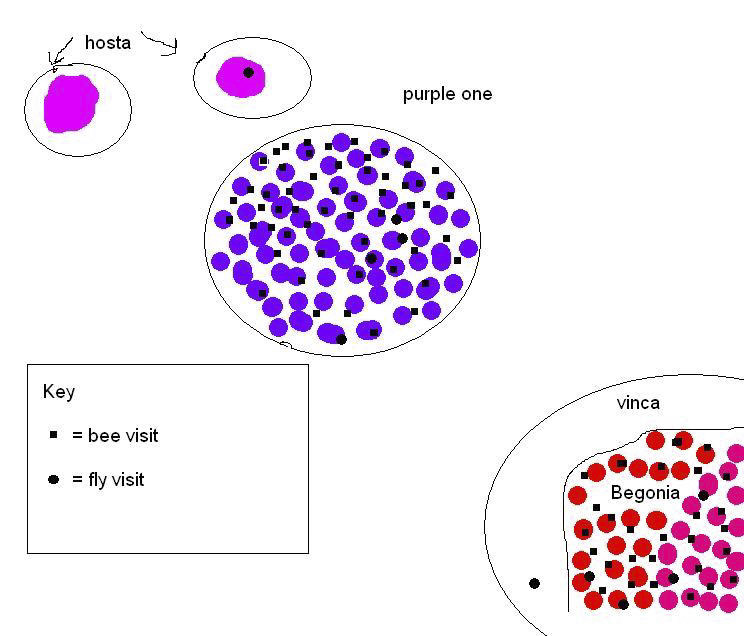More Information: Where Does Pollen Come From?

A 2-week or longer investigation for grades 6-12.
This module provides great flexibility. You can choose some or all of the activities. Each section is posted in separate pdf files. Access the Table of Contents and Overview of the module.
- Activity Set A is a basic orientation to plant anatomy in relation to where pollen is found in flowers and cones, viewing pollen with a compound microscope, and growing pollen tubes. The pollen tube activity is ideal for a guided or open inquiry investigation.
- Activity Set B outlines protocols and suggestions for inquiry investigations into atmospheric pollen.
- Activity Set C outlines protocols and suggestions for inquiry investigations into animal pollinators and their interactions with flowers.
Next Generation Science Standards (NGSS) Performance Expectations
The performance expectations for the Pollen module are:
- 2-LS2-2
- 2-LS4-1
- 3-LS4-2
- MS-LS1-4
What You'll Find in Each Set
Each Activity Set contains a summary, list of materials, protocols, possible inquiry questions, background information, and additional resources and references. The availability of pollen-shedding plants and weather conditions will affect the choice of activities and timing of session participation. The documents offer suggestions for online dialogue with scientist mentors for ideas, feedback and suggestions.